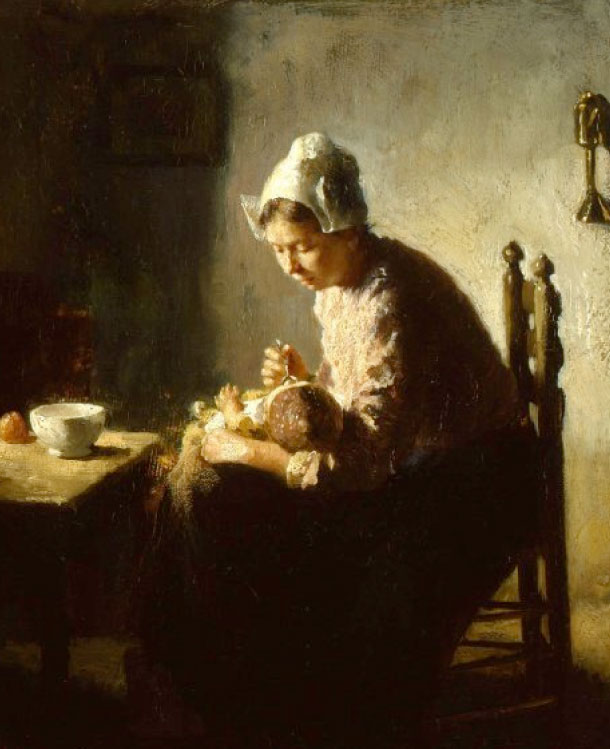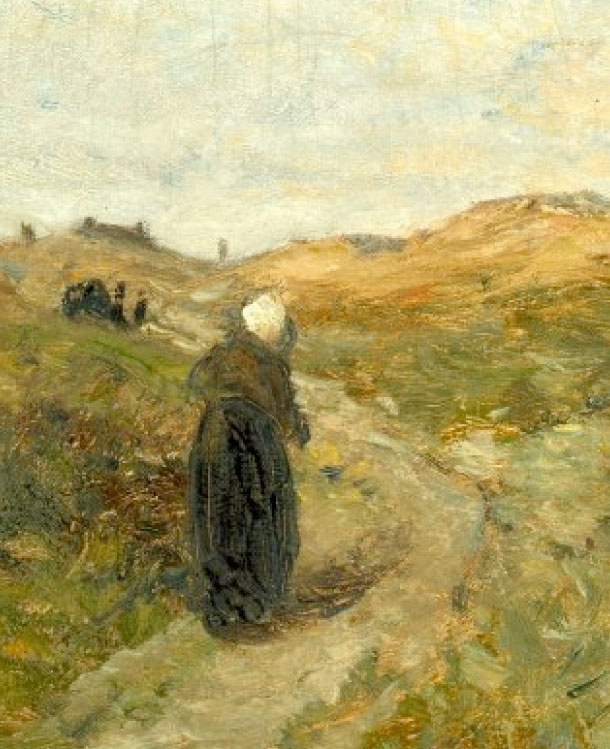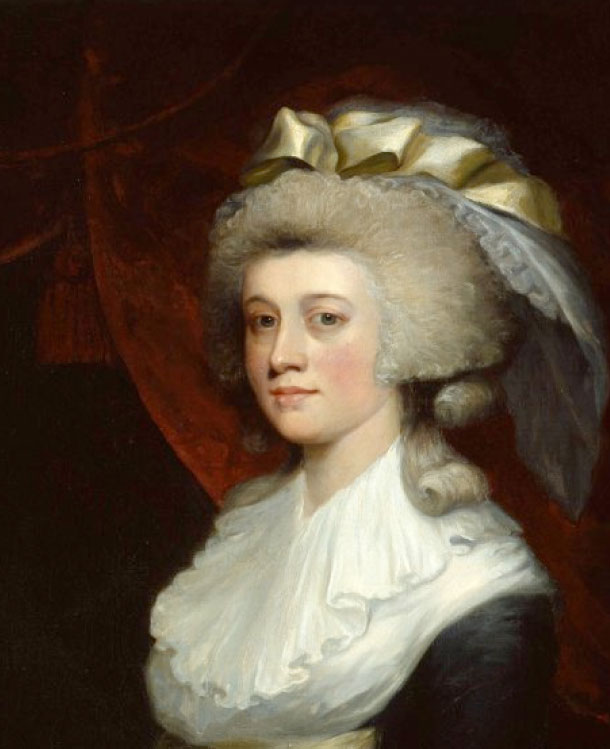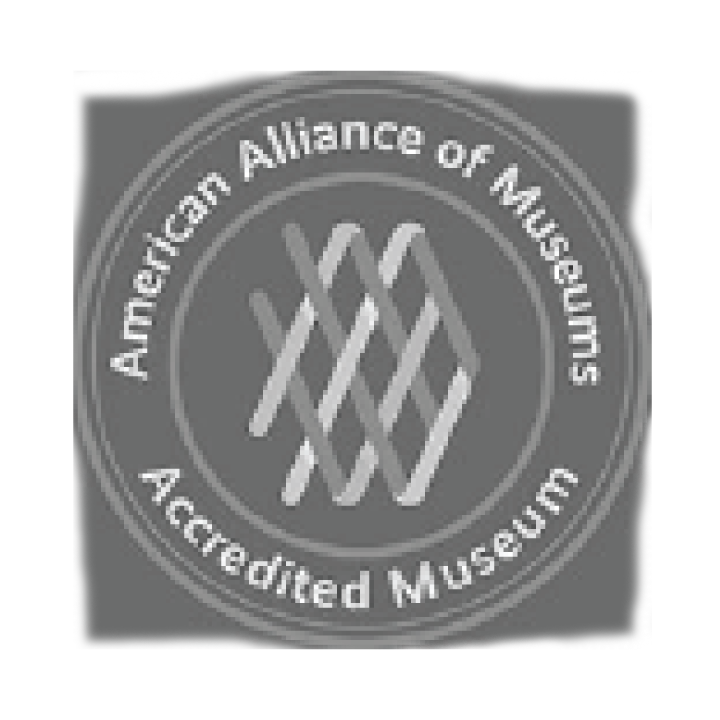
The Lauren Rogers Museum of Art collection consists of five distinct collections, the smallest of which is the collection of European paintings and works on paper. The Museum owns approximately 65 European works of art, dating from the 17th to the 20th centuries. The core of the collection are 24 works donated by the Eastman and Rogers families during the early years of the Museum’s existence. These include important, internationally known works like Jean-François Millet’s First Steps, an 1856 pastel which later inspired Vincent Van Gogh; Landscape Near Paris (c.1885) by Jean-Baptiste-Camille Corot, considered one of the first modernist painters; and other influential early 19th-century painters.
The earliest work in the collection is an etching by Rembrandt van Rijn entitled Virgin and Child with Cat (1654), which depicts Mary and the infant Jesus in domestic interior. According to legend, the cat of the Madonna produced a litter of kittens in the stable where Christ was born; the cat of legend crouches next to the Madonna, as Joseph looks in through a window. This tiny etching is one of many Biblical illustrations produced by Rembrandt.


| Nearly half of the works in the collection are by French artists, with a particular emphasis on landscapes of the French countryside. One of our most important recent acquisitions is Entrance to the Port at Dunkirk, an 1889 painting by Eugène Boudin. Boudin is best known for scenes of the ports of his native Northern France, and as an inspiration for Claude Monet and the Impressionists. Boudin’s practice of painting en plein air (outdoors) inspired Monet to leave the studio and paint nature as he saw it instead of how he remembered it. Entrance to the Port at Dunkirk is a freshly realized scene of a busy modern port under puffy white clouds in a blue sky; Boudin successfully portrays the hustle and bustle of commerce.
|
|
| The next largest group of paintings in the European collection are works by English artists. These are mainly landscapes but do include a few portraits, such as James Northcote’s Miss Grace Hundley of the late 18th century, which hangs in the Silver Gallery. Miss Hundley is a typical society lady dressed in her finest lace and her fanciest hat, sitting serenely in front of red velvet drapery. | |

| English art is particularly known for its watercolor tradition; the landscape is an essential part of English identity, and small, carefully detailed watercolors have been highly prized for centuries. Whereas European artists idealized their landscape, adding imaginary ruins and mountains, English artists prized the picturesque: quaint thatch cottages, small backyard gardens, gnarled oaks, and tumbledown farmsteads. The LRMA collection includes watercolors of this kind by Samuel Prout, Paul Sandby, and a few others.
|
|
| Though the majority of our European works date from the late 18th through the 19th centuries, we have acquired a few works by more modern artists. These have come to us primarily in the form of gifts, and include works such as Henry Moore’s Ideas for Sculpture, a lithograph by the great English modernist sculptor. LRMA also owns works on paper by the Cubist Jacques Lipchitz, the Surrealist Salvador Dali, the Fauvist Paul Signac, and the 20th-century modernist printmaker Max Papart.
Approximately half of the European collection is on display in the LRMA European Gallery at any given time. Works on paper, such as prints, drawings, and watercolors, are rotated through the gallery on a biannual basis, as they are delicate and cannot be exhibited year-round. |
|










